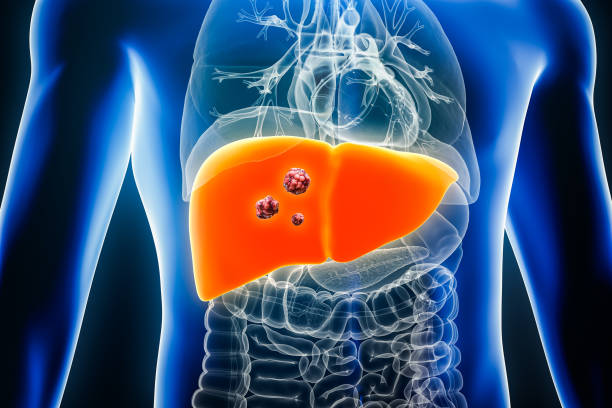New insights into liver cancer development
Researchers from Osaka University have identified a novel mechanism by which liver cancer develops, involving a gene called GREB1 and aberrant activation of a signaling pathway known as Wnt
Osaka, Japan – The development of hepatocellular carcinoma, liver cancer, is known to involve abnormal activation of a signaling pathway called Wnt; however, the underlying mechanisms have not been fully understood, until now.
In a study published this month in Cancer Research, researchers from Osaka University have identified a Wnt target gene, GREB1, and its mechanism of action, which are key in the development of liver cancer.
To investigate the mechanisms by which aberrant Wnt signaling can lead to liver cancer development, the team developed a novel method to identify the genes affected by signaling through the Wnt pathway in different cancer types. This led to the identification of GREB1 as a specific target gene in liver cancer. GREB1 was already known to be involved in hormone-dependent breast and prostate cancer, but this is the first time it has been shown to also be associated with liver cancer, a hormone-independent type of cancer.
Subsequent analysis revealed the pathway by which GREB1 activation leads to the development of cancer. Generally, cells are either proliferating and dividing, or differentiating into a specialized cell type. However, in hepatocellular carcinoma, Wnt signaling is known to be involved in the proliferation of the cancerous cells while also simultaneously maintaining their differentiated state. This contradiction was previously unresolved.
“We have now shown that a protein called HNF4α changes its function when cooperating with GREB1,” explains first author Shinji Matsumoto. “This leads to tumor promotion when Wnt signaling is abnormally activated. Therefore, GREB1 is responsible for integrating the conflicting cellular states of differentiation and proliferation.” HNF4α is known to maintain cell differentiation and is thought to be a tumor-suppressing protein, and so the discovery that it can change function to promote tumor formation is significant.
The team went on to look at large-scale cancer datasets publicly available online and could see that GREB1 expression and Wnt signaling activation were correlated in liver cancer samples. They also demonstrated that inhibition of GREB1 expression, using a technology known as “antisense oligonucleotides” (small nucleic acid molecules that inhibit a specific gene), showed anti-cancer effects. “By administering GREB1 antisense oligonucleotides to a mouse model of liver cancer, we could not only see a reduction in the levels of GREB1 expression, but also the suppression of tumor development,” explains senior author Akira Kikuchi.
This highly significant study widens our knowledge of how gene expression alters as cancer develops and reveals the potential for new therapies for liver cancer in the future. It may also explain why immune checkpoint inhibitors, a common cancer therapy, are less effective in liver cancer with aberrant Wnt signaling.
The article, “Wnt signaling stimulates cooperation between GREB1 and HNF4α to promote proliferation in hepatocellular carcinoma”, was published in Cancer Research at DOI: 10.1158/0008-5472.CAN-22-3518
Full bibliographic information
Published on 28/06/2023 by Osaka University
Title: Wnt signaling stimulates cooperation between GREB1 and HNF4α to promote proliferation in hepatocellular carcinoma
Journal: Cancer Research
Authors: Shinji Matsumoto, Akikazu Harada, Minami Seta, Masayuki Akita, Hidetoshi Gon, Takumi Fukumoto, Akira Kikuchi
DOI: https://doi.org/10.1158/0008-5472.CAN-22-3518
Research at Osaka University: https://resou.osaka-u.ac.jp/en
Funded by:
Ministry of Education, Culture, Sports, Science and Technology
Japan Agency for Medical Research and Development





